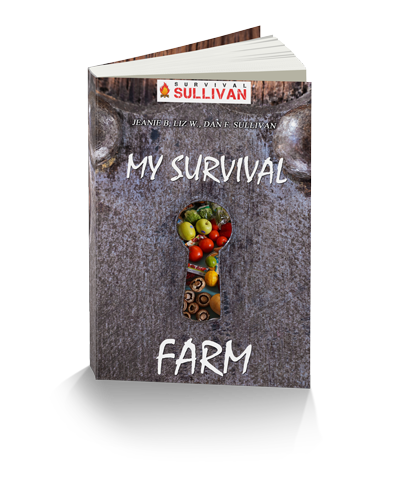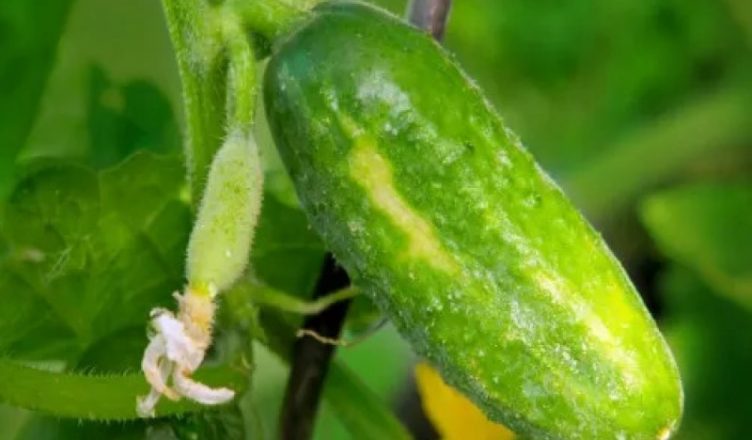Nothing beats the summer heat like a fresh cucumber from the garden. These sun-loving vegetables are great for first-time gardeners and easy to grow.
Pickling cucumbers, like Boston Picklers are prolific when they get going and are perfect for canning, but slicing cucumbers are best for salads. Did you know that cucumbers have electrolytes and are high in potassium? So they’re a wonderfully refreshing snack to help you beat the Summer heat!
Here are some cucumber growing facts:
- For one person, plant two to three plants in the garden.
- On average, one cucumber plant produces two to three pounds of fresh cucumbers.
- For square foot gardeners, all you need are two plants per square foot.
- Did you know you can grow cucumbers inside for year-round cucumbers? Planting in a greenhouse or area of the home where cross-pollination cannot take place is best.
Growing Tips for Lots of Cucumbers
There are two methods you can use to grow cucumbers:
Starting cucumbers indoors
Cucumbers can be started indoors in peat pots or small flats and transplanted in a few weeks to the garden. The best time to start seeds is three to four weeks before the last frost. Plant 1 seed per pot in moist soil and place in a sunny window. Seeds should emerge within a few days. Give cucumbers plenty of sun and lots moisture until 3-4 true leaves grow. Begin hardening off cucumber plants by setting them outside for a few hours each day until they are used to extended hours of sunlight.

When young plants are ready to be moved to the garden, wait to plant in the ground until soil temperatures reach 70 degrees F and take extra care to protect young cucumbers from frost.
Directly sow seeds in the garden
Cucumbers prefer well-drained, warm, fertile soil. Two weeks after the last frost in your area, plant your cucumber seeds about 1 inch apart, and about 1/2″ deep. You can either make a hole in the dirt and drop the seeds into it, or you place the seeds on top of the soil and gently press them in. If the soil is moist and warm, the seedlings will pop out of the ground in a matter of days. Ensure that young plants are protected from any unexpected weather. Row covers or hot caps (or plastic milk cartons with the caps removed) will help keep cucumbers safe if there is an unexpected bout of weather.
Four weeks after planting, when the first blossoms begin to grow, side-dress plants with compost or a tablespoon of all-purpose organic fertilizer in a narrow band along each plant.
To make the most efficient use of your garden space, many gardeners train cucumbers to climb up a trellis or garden netting. This saves precious garden space and also keeps the fruit from touching the soil and introducing soil-borne pathogens.
Harvest
Harvest is 50 to 70 days from planting. Since cucumbers are part of the squash family, they love to be picked! In fact, the more you pick cucumbers, you encourage them to produce and will prolong the growing season. A cucumber is normally considered ripe when it is bright medium to dark green and firm. When you are ready to pick the fruit, use scissors to cut them from the vine. The vines are delicate and can be damaged if the fruit is pulled off.
Once picked, the cucumbers are ready to eat or can be placed in the refrigerator for up to a week.
Troubleshooting Cucumbers
Not enough water – If subjected to stress, cucumbers can become bitter. To minimize this, provide cucumber plants with adequate moisture. On average, cucumbers need 1-2 inches of water per week. Soaker hoses near cucumbers can ensure they are getting ample amounts of water. Mulching can also reduce stress and ensure there is moisture in the soil.
Too much heat – This is a tough one, especially during summertime. Cucumber blossoms can drop off the plant if they are subjected to too much heat. Providing filtered afternoon sun to growing cucumbers will help them during the hottest parts of the day. Growing taller plants like sunflowers or having a bean tower to shade the cucumbers could be a big help. As well, shade cloth is another option.
Nutrient Imbalance – Sometimes when there are not enough nutrients in the soil, cucumbers will turn from green to yellow. A yellow cucumber can also be the result of a virus or too much water.
Striped cucumber beetle – If you are noticing your cucumber plants beginning to wilt, it could be as a result of the striped cucumber beetle. When this specific beetle begins eating the tender leaves, there are bacteria present in their mouth and they transfer this to the plant causing the leaves to wilt. Placing sticky traps near the cucumber plant will trap the striped cucumber beetle. As well, planting nasturtiums and adding wood ashes near the plants are effective against cucumber beetles.

source : Tess Pennington



